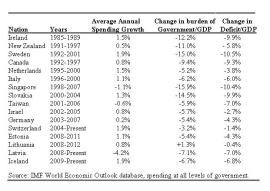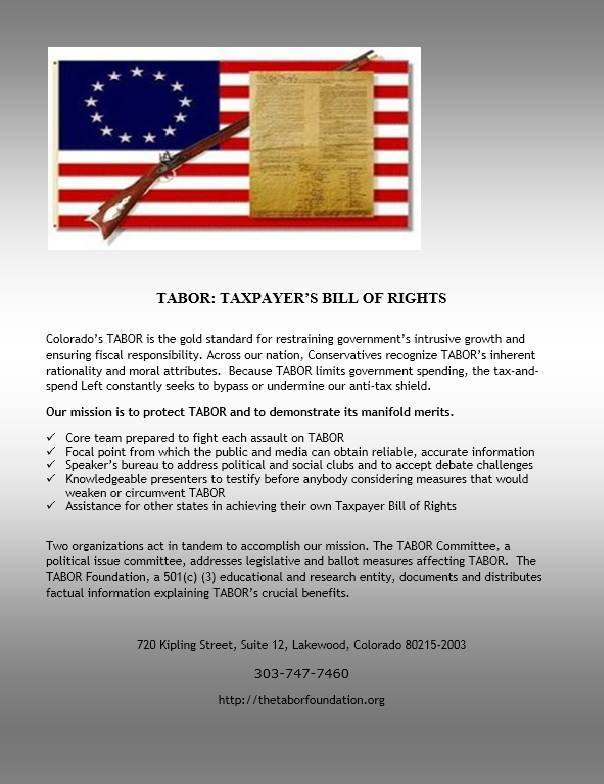While a proposed gas tax repeal has yet to officially qualify for the November ballot, Gov. Jerry Brown and his allies are already on a defensive campaign to save the unpopular fee hike — and vulnerable lawmakers who voted for it.
Brown and legislative Democrats put a lot of political capital on the line last year when they passed a major increase on transportation fuel taxes and vehicle registration fees, promising to fix California’s crumbling roads and highways. Now Republicans are trying to take advantage of the situation by turning it into one of the major campaign issues of the 2018 election.
One senator who voted for the plan is facing a recall drive that could cost Democrats their supermajority in the upper house. And GOP candidates for governor and Congress are funding an initiative to repeal the taxes in a bid to save their own seats, banking on the measure driving up conservative turnout this fall.
Public polls have consistently shown that California voters do not like the gas tax increase, which took effect last November, and a majority is prepared to approve the repeal. It would be a massive setback for much-needed infrastructure repairs and a rebuke to Brown at the end of his historic four terms as governor.
So he’s hit the road in recent weeks to try to change Californians’ minds.
Brown will join Los Angeles Mayor Eric Garcetti and Democratic Reps. Ted Lieu of Torrance and Maxine Waters of Los Angeles, among others, for a ceremony at 10:45 a.m. in Torrance to launch the construction of a terminal for LA Metro’s light rail extension into the South Bay, a project paid for in part by the new gas tax.
The guest of honor is Assemblyman Al Muratsuchi, D-Manhattan Beach, one of the final holdouts the night that the funding plan passed. Muratsuchi narrowly lost his seat in 2014, before winning it back in 2016.
This is Brown’s third event related to the gas tax in the past two weeks. He spoke in Los Angeles the day after the California Transportation Commission approved $2.7 billion for new construction and was scheduled to join Assemblywoman Jacqui Irwin, D-Thousand Oaks, last week for a press conference about an overpass project in Oxnard. (He ultimately missed it because of a flight delay.)
Where Brown is not available, prominently branded signs are filling in.
http://www.sacbee.com/news/politics-government/capitol-alert/article212123339.html

 The anti-TABOR, consent-hating, government-expanding, nannyist bureaucrat will interview and probably lecture our esteemed panelists of limited government, free market activists. What could go wrong?! It’s bound to be entertaining and educational!
The anti-TABOR, consent-hating, government-expanding, nannyist bureaucrat will interview and probably lecture our esteemed panelists of limited government, free market activists. What could go wrong?! It’s bound to be entertaining and educational!


